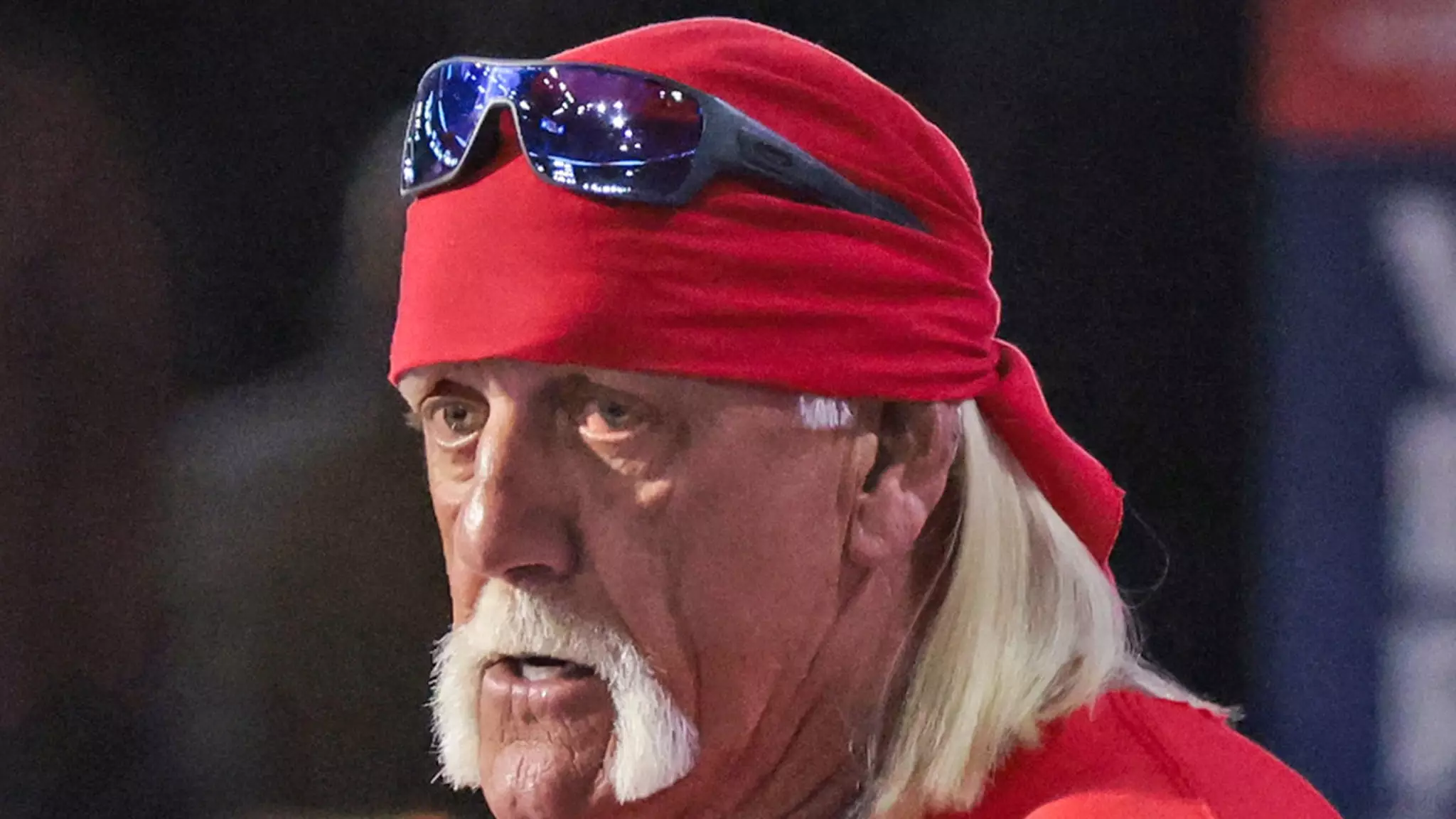The news of Hulk Hogan’s death at 71 has sent shockwaves through the world of sports entertainment and popular culture. Known globally as one of wrestling’s most recognizable icons, Hogan’s sudden passing underscores the harsh realities of aging and health complications, even for those who appear invincible in the ring. The details surrounding his death reveal a familiar yet tragic story: despite his legendary status, Hogan was vulnerable to the same vulnerabilities that plague many others—heart issues that ultimately claimed his life. It is a stark reminder that fame and strength do not render individuals immune to physical frailty.
The circumstances of Hogan’s final moments evoke a profound sense of loss. Emergency responders arrived early Thursday morning at his home in Clearwater, Florida, after receiving reports of a cardiac arrest. Witnessing paramedics performing chest compressions and urgently transporting him to the hospital paints a visceral picture of a hero fighting for his life in his final hours. His death at 11:17 AM, confirmed by police officials, punctuates a life once marked by grandeur and resilience.
What makes his death even more poignant is the reaffirmation from authorities that there were no signs of foul play or suspicious activity. This straightforward detail offers a degree of solace amid the grief, affirming that Hogan’s passing was a tragic medical event rather than something sinister. Still, it leaves fans and critics alike contemplating the fragile boundary between strength and vulnerability—especially for those whose identities are rooted in physical prowess.
From Cult Hero to Cultural Icon – Hogan’s Enduring Impact
Hulk Hogan’s ascension to superstardom is nothing short of a cultural phenomenon. Before Hogan, professional wrestling was primarily a niche sport with dedicated fans but limited reach. Hogan’s charisma, larger-than-life persona, and theatrics transformed wrestling into a family-friendly spectacle that captivated audiences worldwide. His charismatic promos, signature bandana, and iconic handlebar mustache became symbols of a burgeoning entertainment empire.
Hogan’s crowning moment came with the birth of “Hulkamania,” ignited by his victory over the Iron Sheik in 1984 for the WWE World Heavyweight Championship. This event not only cemented his status as a wrestling hero but also launched a wave of merchandise, TV appearances, and pop culture moments that remain influential even decades later. Hogan was more than an athlete; he was a symbol of heroism that resonated with children and adults alike, turning wrestling into a global phenomenon.
Yet, Hogan’s legacy is complex. His transformation from hero to villain in 1996, marked by his creation of the NWO faction, showcased his versatility and ability to adapt, pushing the boundaries of wrestling narratives. This period, which saw him morph into Hollywood Hulk Hogan, allowed him to expand his brand beyond the ring, crossing into mainstream media and movies. His performances at WrestleMania events, especially his match against Dwayne “The Rock” Johnson, exemplify his lasting influence on the sport’s development.
The Controversies and Resilience of a Legend
No discussion of Hulk Hogan is complete without acknowledgment of the controversies that shadowed his career. The scandal in 2015 involving leaked racist remarks and a subsequent lawsuit challenged his reputation and led to his temporary removal from the WWE Hall of Fame. However, his induction again in 2020 as part of the NWO highlights the complex nature of his legacy—that even amid mistakes, his contributions to wrestling remain undeniable.
Hogan’s life outside the ring was equally tumultuous. His reality TV show “Hogan Knows Best” painted glimpses of his family life, showcasing a man who was as relatable as he was larger-than-life. Despite numerous surgeries sustained from career injuries, Hogan publicly displayed resilience through his health struggles, asserting there was little of his original body left. His recent venture into launching an amateur wrestling league signifies a desire to remain connected to the sport he helped popularize.
In the end, Hogan’s multifaceted life—marked by triumphs, scandals, and personal battles—reflects the human side of a mythic figure. His death prompts a broader conversation about the toll that professional wrestling and the relentless pursuit of greatness can take on individuals. Hogan’s story is a testament to the incredible heights one can reach and the inevitable fragility that accompanies such fame and physical exertion. While he may no longer be with us, his legacy endures, shaping the future of wrestling and popular culture in ways that few could have anticipated.

